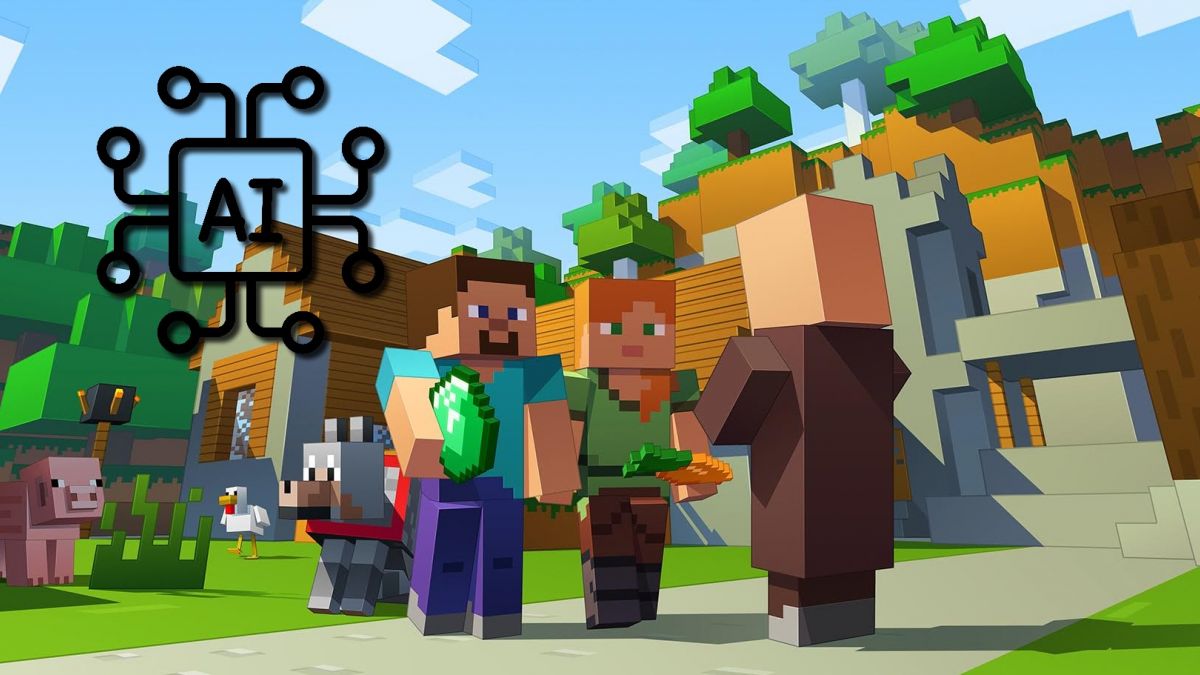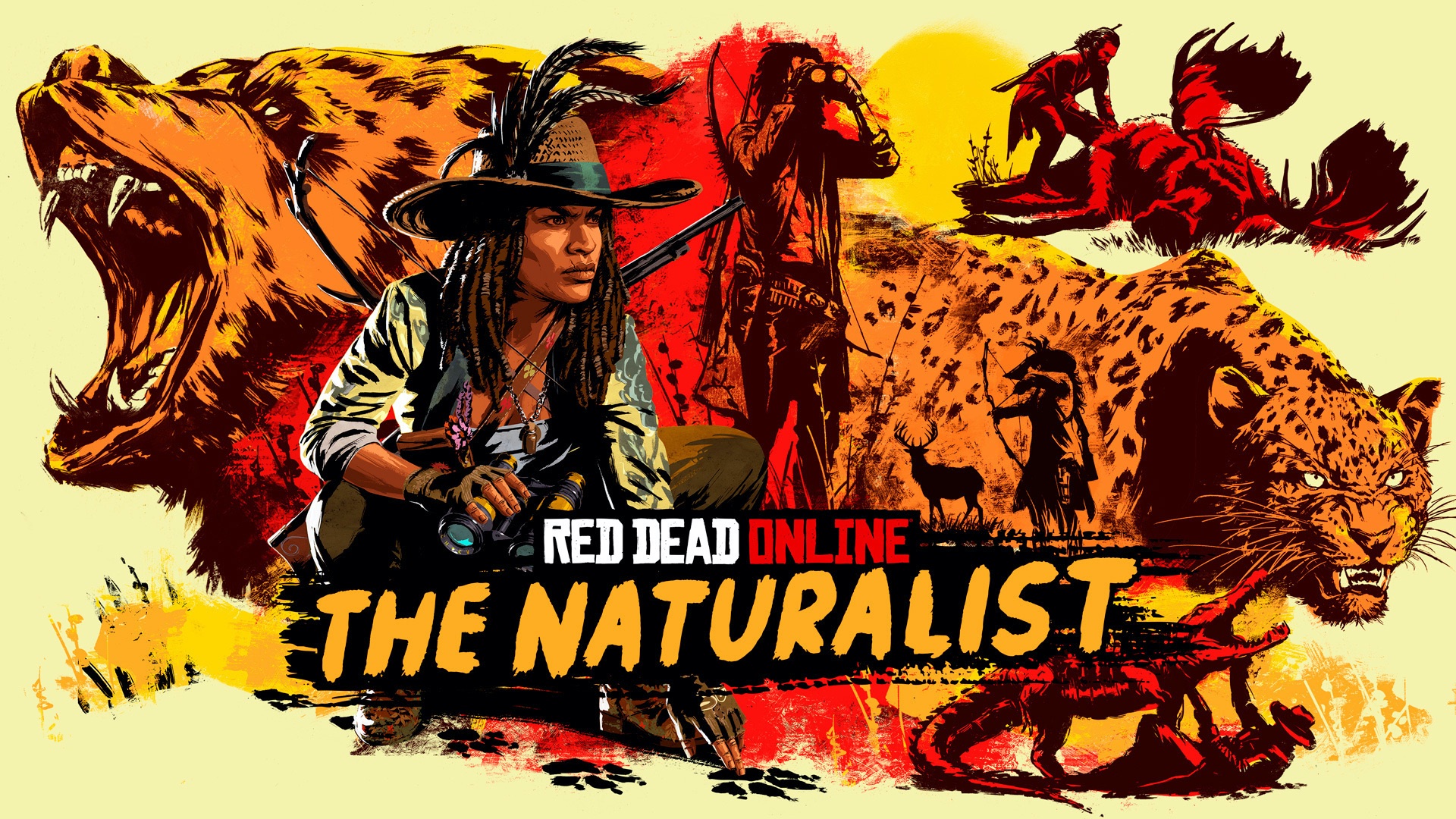“There’s still a gap”: Researchers sent AIs to play Minecraft and the results prove to us that your 10-year-old cousin still plays better than them

JVTech News “There’s still a gap”: Researchers sent AIs to play Minecraft and the results prove to us that your 10-year-old cousin still plays better than them
By merging the worlds of artificial intelligence and Minecraft, we had to think about it, and this is what researchers managed to show recently. Is AI more influential than we imagine?
MinePlanner: An AI model confronts the complex world of Minecraft
Dazzling advances in artificial intelligence raise many questions about their actual effectiveness and adaptability. How can we assess if AI is really efficient and able to adapt to different situations?
Researchers have taken an original approach by confronting AI with the complex and open world of the Minecraft video game, thus revealing the limitations of algorithms when they are not closely guided by humans.
Minecraft, the iconic, million-selling video game, stands out for its vibrant community and impressive cube-based achievements. According to Steven James, a researcher at the University of the Witwatersrand in South Africa, Minecraft provides an ideal playground for assessing the skills of AI.
In the fascinating world of AI, we distinguish between task-specific models, such as playing chess or predicting the weather, and so-called “general” models. The latter, equipped with multitasking capabilities such as driving or talking cars, are experiencing exponential growth.
The key to their design lies in learning, a process at the heart of which algorithms gain experience through their interactions, errors, and the demands they encounter. This process, known as “machine learning,” allows AIs to perfect their performance over time.

Steven James detailed his study published on ArXiv, highlighting the usefulness of Minecraft as an ideal testbed for machine learning research.. He designed a model called MinePlanner, which challenges the AI to complete various tasks in Minecraft without giving detailed instructions. These tasks may include actions such as placing blocks higher up, for example the need to build stairs. The AI must then determine the best method on its own using the resources available in its environment or its inventory.
Two AI models were submitted to MinePlanner, each requiring fifteen builds with three difficulty levels to complete. However, given the amount of data involved in the game, the most critical challenge was the AI’s ability to filter the data. AI had to ignore unnecessary information to progress effectively.
Mixed results: AI is far from surpassing human intelligence
The results of the experiment were mixed. The first AI model completed fourteen easy tasks, thirteen intermediate tasks, but no hard tasks. The second model completed only five simple tasks and one intermediate. A disappointing observation, according to Steven James, that underscores the current limitations of AI in complex situations.
The experience was particularly problematic for the second AI, which exhausted its memory before being able to perform most tasks.
These results highlight the existing technology gap, showing that current AI still struggles to solve some problems autonomously.
Despite the mixed results, Steven James remains optimistic about the future of AI. He hopes the mineplanner model will help develop new approaches to tackling the more complex challenges AI faces. By confronting AI with video games like Minecraft, researchers are seeking to better understand learning mechanisms, paving the way for significant improvements in the field of artificial intelligence.





